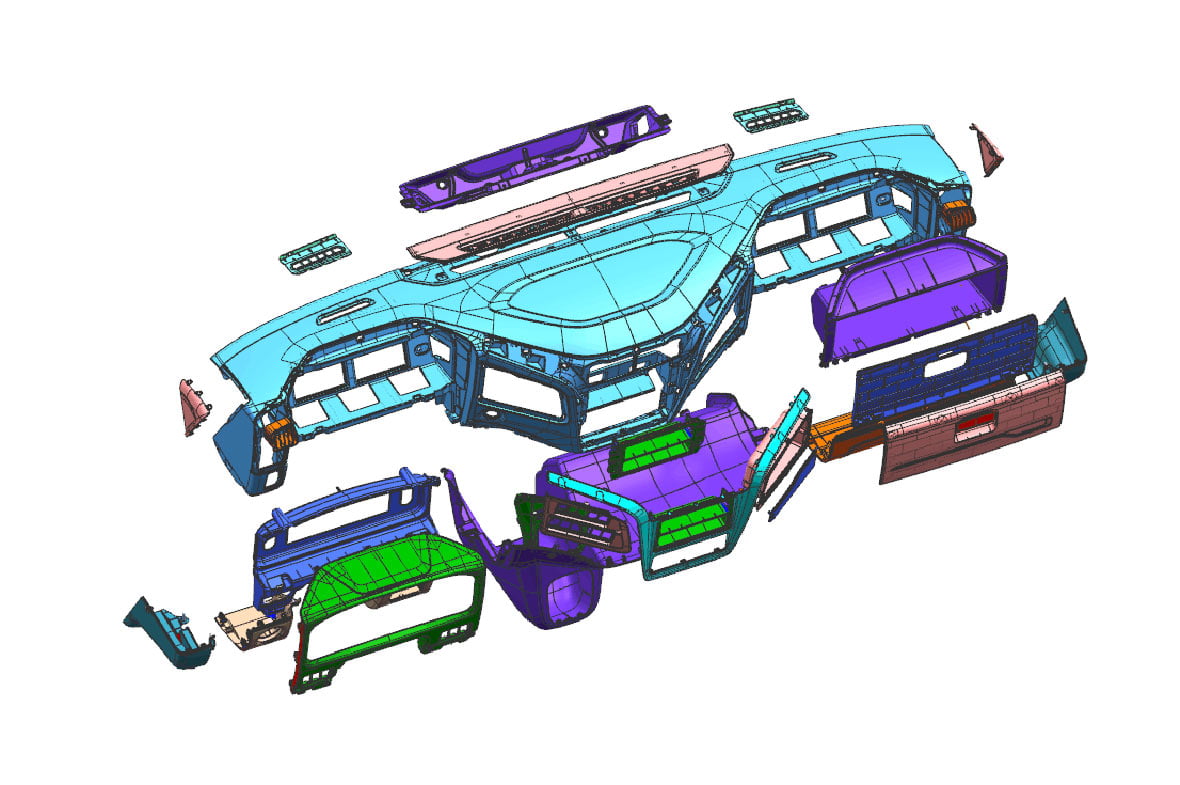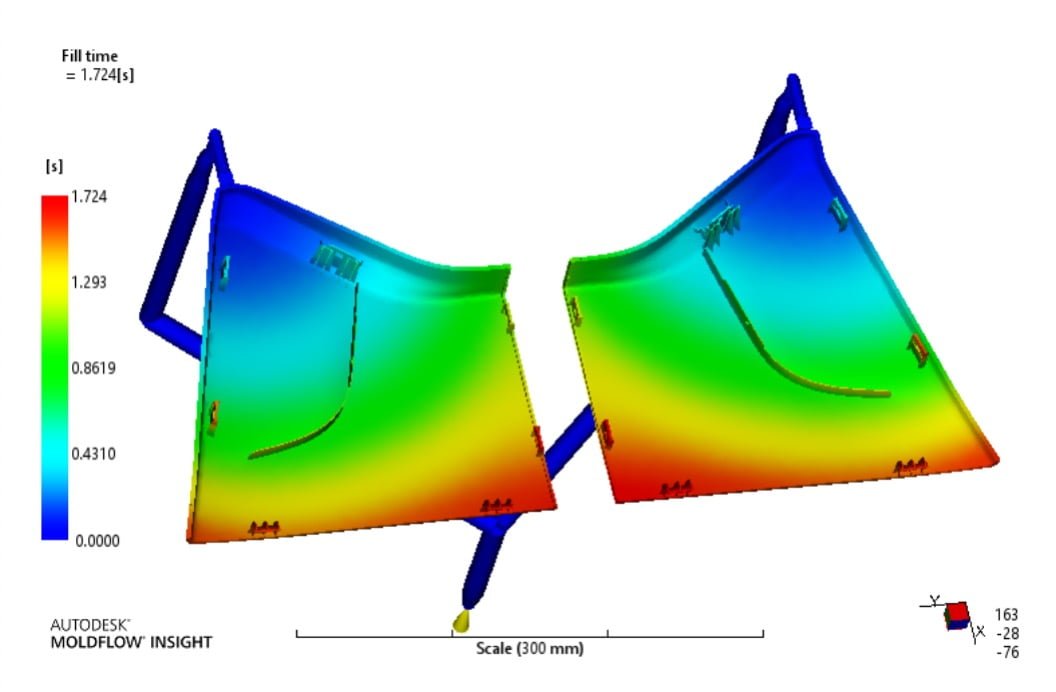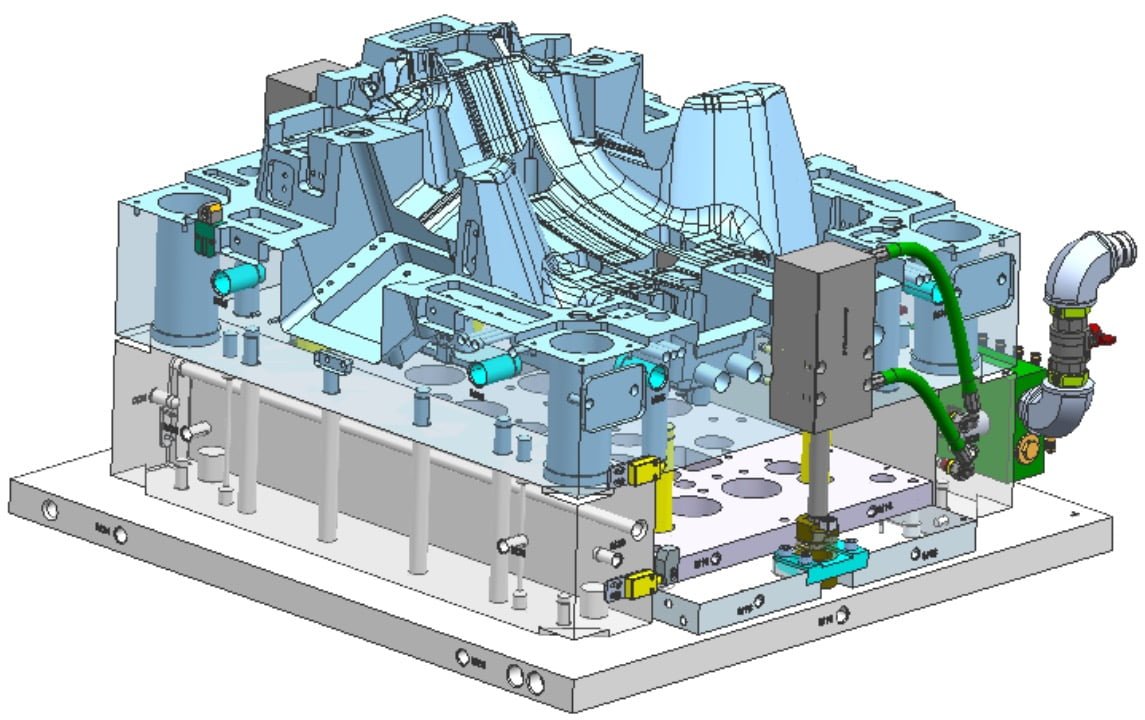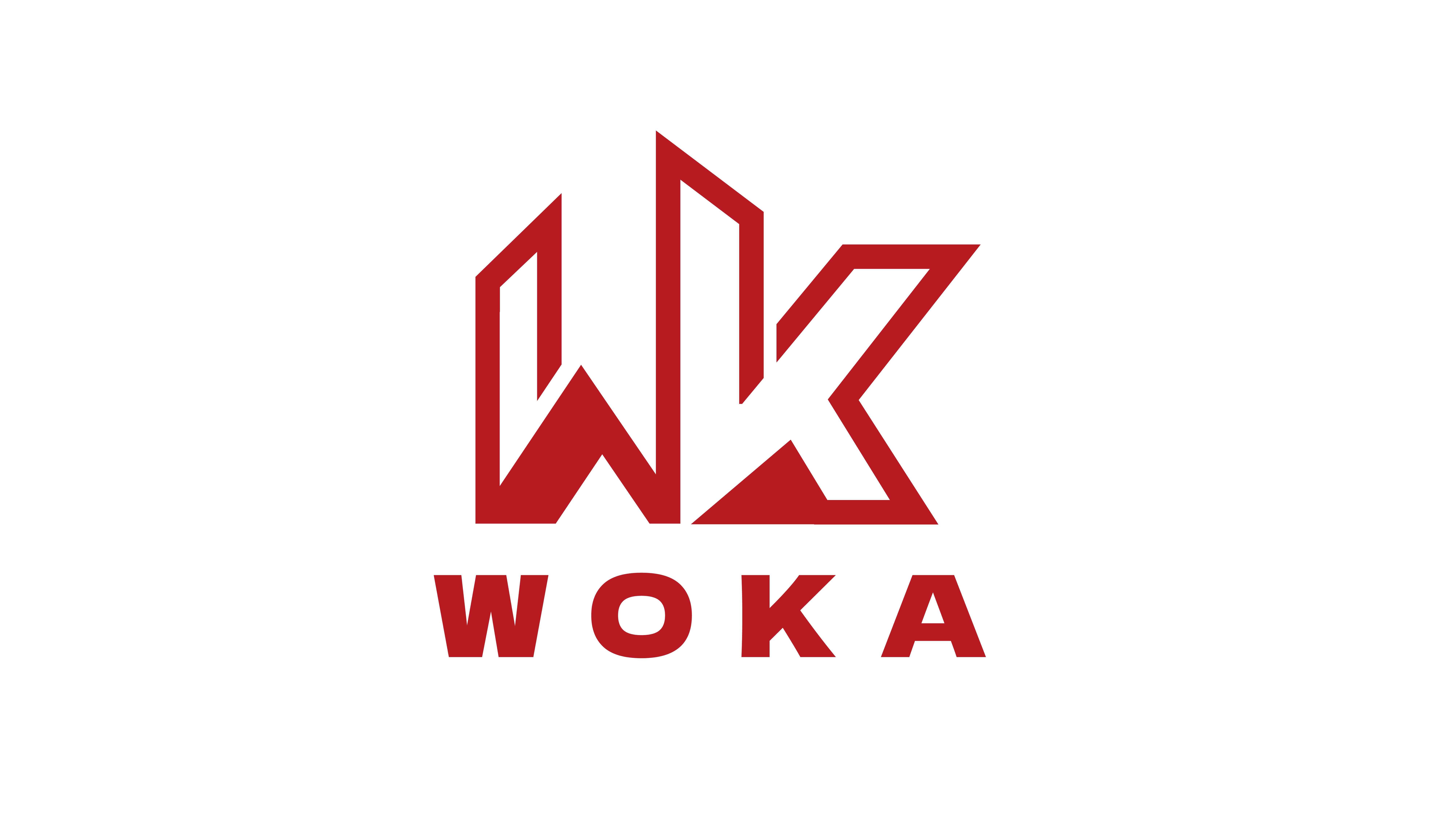WOKA distinguishes ourselves from conventional plastic die mould manufacturers through a unique advantage: our skilled toolmakers. Our in-house tool and die manufacturing department empowers us to expedite new production processes. Our primary goal is to achieve optimal production output, minimize cycle times, and extend the lifespan of molds through a simple approach.
Our capabilities include:
- CNC Mills
- EDMs
- Lathes
- Expertise in maintaining existing molds
- Utilization of versatile mold bases for cost reduction
- Availability of interchangeable cavities
- Diverse types of prototyping
The outcome is the creation of precision mould that effectively withstands the rigorous demands associated with high-pressure injection molding.
DFM Report
The Mold Design for Manufacturing (DFM) Report provides an extensive analysis of the precision mould design process with the goal of enhancing a product’s manufacturing efficiency, quality, and cost-effectiveness. This report emphasizes key facts about mold construction, spotlighting design considerations, possible hurdles, and suggestions to guarantee the successful production of top-notch components.


Moldflow
This DFM precision mould analysis includes the development of a virtual model that faithfully reproduces the mold’s geometry, the specific plastic material in use, and various process parameters. Through the comprehensive simulation of the entire injection molding cycle, Moldflow analysis offers an in-depth insight into how variables like temperature, pressure, cooling rates, material characteristics, and mold construction impact the ultimate quality and consistency.
Mold Design
At its essence, mold design is the methodical process of planning and engineering a three-dimensional cavity. These cavities are often crafted from robust materials such as steel or aluminum. They serve as precision mould containers into which molten materials—commonly plastic, metal, or rubber—are injected or poured. As these materials cool and solidify within the mold’s confines, they take on its shape and intricacies, including even the finest details.
The precision and dependability of mold design are fundamental in determining the injection molding products’ ultimate dimensions, surface texture, structural integrity, and overall quality.
7 Key Elements of Mold Design:
Cavity and Core: These are the primary components that form the precision mould’s shape within the mold.
Runner System: The channels guiding the flow of molten material into the cavity.
Cooling System: It is necessary to regulate and expedite the cooling process for proper material solidification.
Ejection System: Mechanisms for removing the finished product from the mold once it has solidified.
Venting: Ensures the release of air and gases during the molding process.
Parting Lines and Surface Finish: The junctions where mold components meet and the quality of the product’s outer surface.
Material Selection: Choosing the appropriate material for both the mold and the product being manufactured.


